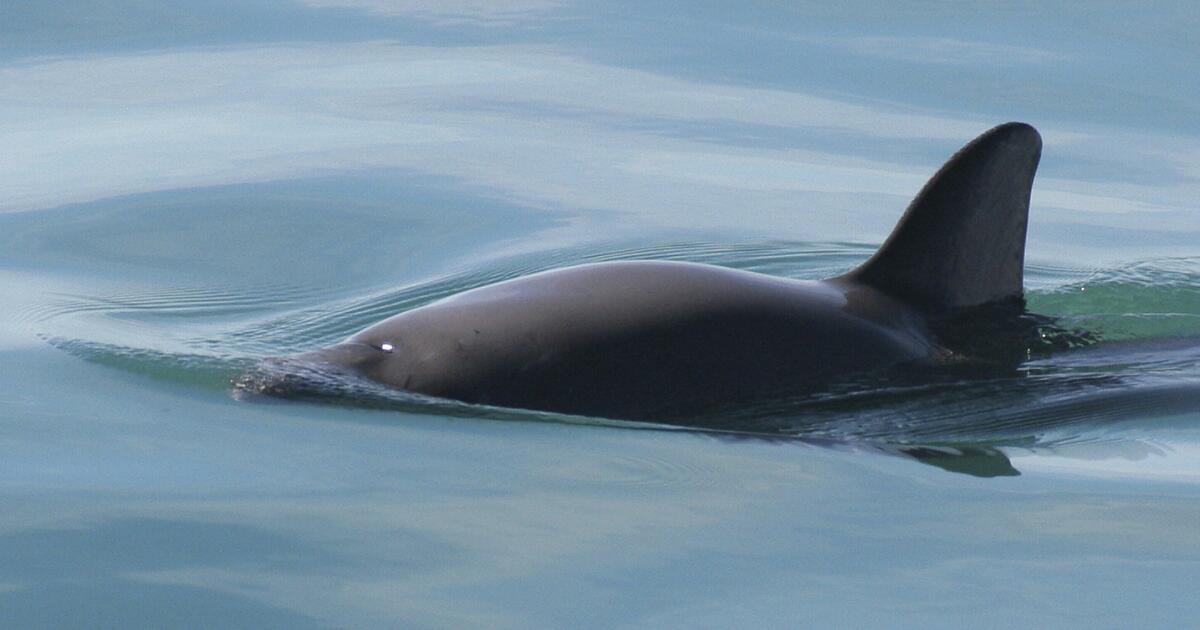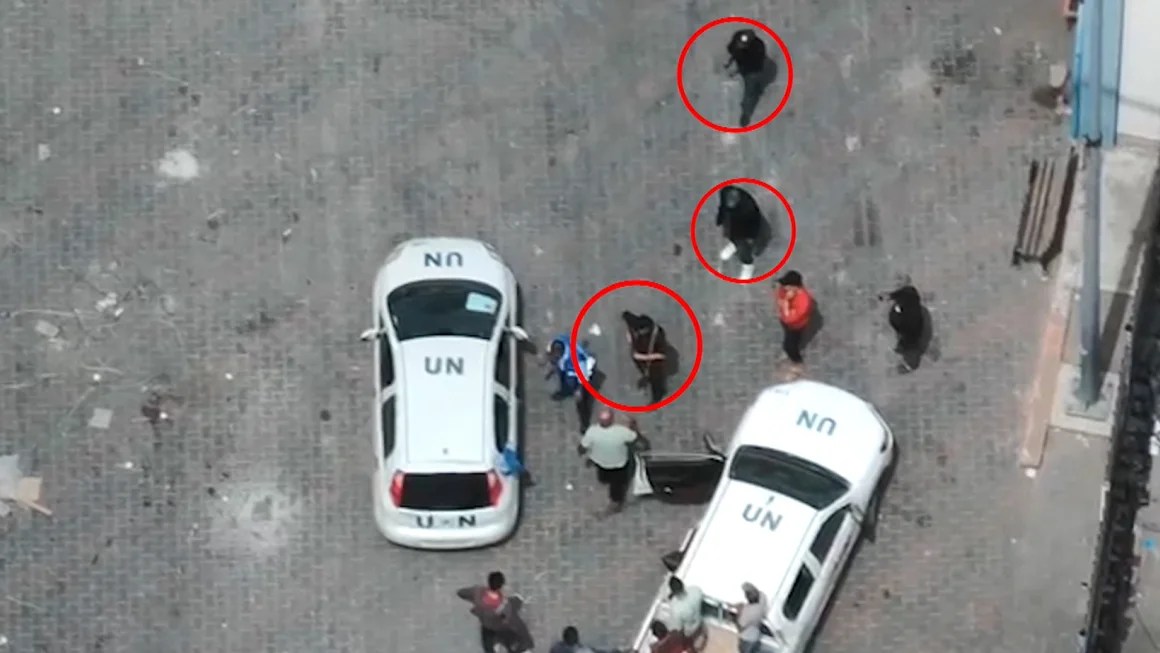SAN FELIPE, Mexico (AP) — The Mexican Navy said Wednesday it plans to expand concrete blocks on the seabed with iron hooks on top to catch gillnets that kill small sea cows.
The Navy began dumping concrete forests in the Gulf of California last year, hoping to help save some of the world’s most endangered marine mammals.
The vaquita lives only in the Gulf of California, also known as the Sea of Cortez, where only about 10 specimens live. Vaquitas cannot live or breed in captivity.
Vagitas drown in gillnets set up to catch todopa, a fish whose swim bladder is considered a delicacy in China, fetching thousands of dollars per kilogram. That’s where cinder blocks come in: their hooks can trap and destroy expensive todopa webs.
The move is meant to discourage illegal fishermen from risking their valuable gear in the “zero tolerance zone,” a ring that is considered the last bastion of vaquitas. The area got its name because it was barricaded, heavily patrolled, and considered a no-go fishing spot, although it still occurs.
But something strange happened when scientists and researchers went on the most recent vaquita-watching trip in May.
They found that most of the 16 sightings—some of which may have been of the same bird—occurred on the periphery and, in some cases, outside the boundaries of the “zero tolerance” zone considered the safest for the animals. .
That led to Wednesday’s announcement that the Navy would negotiate with the fishing community of San Felipe in Baja California state to begin sinking blocks outside the zero-tolerance zone.
“Upon agreement with the fishing community, 152 new structures will be placed in the free zone, in front of the zero tolerance zone, where the presence of particles is recorded visually and acoustically,” he said. Rear Admiral Marco Beyrod Solís, naval commander in the region.
San Felipe fishermen say the government has not fulfilled earlier promises to compensate them for loss of revenue due to net bans in the area. They claim that the government is not doing much to provide better fishing equipment and protect the environment.
The most recent sightings indicate 10 to 13 specimens remain, which experts estimate is about the same number as the 2021 mission.


:quality(85)/cloudfront-us-east-1.images.arcpublishing.com/infobae/WUGWUZQIQRG3XNMV3Z23NPAW2I.jpg)


